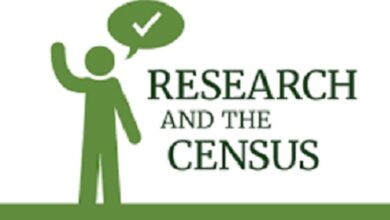What is Action research Goals features Step to do examples
Those looking for a research methodology should consider action research. This process exists for the purpose of improving practical research in the humanities.
There are different ways of conducting qualitative research . In participant research, the researcher is in the field, acting as an observer and in direct contact with the investigated reality. He has dominion over decision-making. In ethnographic research, the situation is a little different, as the researcher is intentionally immersed in the field with the aim of experiencing the culture of the social group.
The main difference between these two types of research and action research lies in the sharing of power. In action-research, the researcher shares the entire process with the community. He does not make decisions alone, but acts in partnership with the other members of the social group, with the purpose of identifying a problem and devising strategies to solve this issue. It is always a collaborative partnership.
What is action research?
According to Kemmis and Mctaggart (1988), action research is a type of collective research formed by one or more participants in social situations. It aims to understand the mechanisms that occur within the community for each individual.
It is not known for sure who created the action research methodology . Some books attribute the creation of this process to Kurt Lewin (1946), who was one of the first authors to use the term in his works.
Kurt Lewin was a German psychologist who played a very important role in the social sciences. He started the whole path of social psychology, having as one of its focuses the collectivity, that is, the communication between individuals who live in society. These studies conditioned the development of action research.
As the name implies, action research considers practice to be essential for the construction of knowledge. There is a concern to plan, implement, describe and evaluate changes throughout the investigation process.
Goals or objectives
Action research has two well-defined objectives:
- Solve problems and produce results;
- Build relevant knowledge about the object of study.
Key features of action research
- Research should be a learning process for all participants;
- The researcher usually plays the role of a social practitioner, who intervenes within a context to verify whether a procedure is effective or not.
- It is situational, as it identifies a problem and seeks practical relevance with the results.
- It is self-evaluating, as changes are evaluated from ongoing monitoring and feedback.
- Feelings of partnership and collaboration, shared through experiences.
- The results obtained are used to improve the previous phases, thus making the research cyclical.
- The sample is restricted and not representative.
- The results have only local relevance, that is, they cannot be used for generalizations.
Step by step to do action research
The basic cycle of action research has phases:
Definition of a problem
Every research is born from a problematization. Therefore, it is important to observe the object of study and reflect on problematic situations that need to be improved.
Preliminary research
The researcher must increase his repertoire to plan strategies that solve the problem . One way to do this is through a literature review , which allows you to consult books, scientific articles, dissertations and theses on the topic of study. Observation and data collection are also essential for preliminary research.
hypothesis creation
The information collected in the preliminary research is useful for formulating hypotheses , which will be validated or refuted with the action research.
Planning a solution
It is necessary to plan a practical improvement for the diagnosed problem, that is, an effective solution.
Implementation
The next step consists of taking action to implement the improvement that was planned in the previous step. It’s a moment of execution.
Monitoring
In this phase, it is up to the researcher to monitor and describe the effect of the action.
Evaluation
The fourth and last phase of action research is the evaluation of the results obtained with the action.

